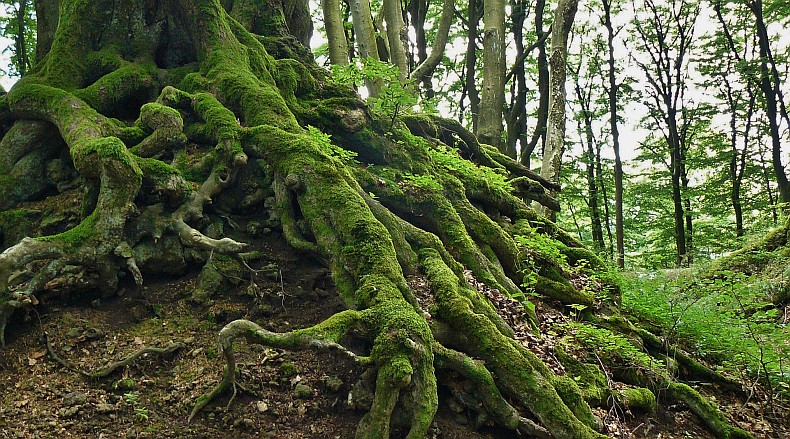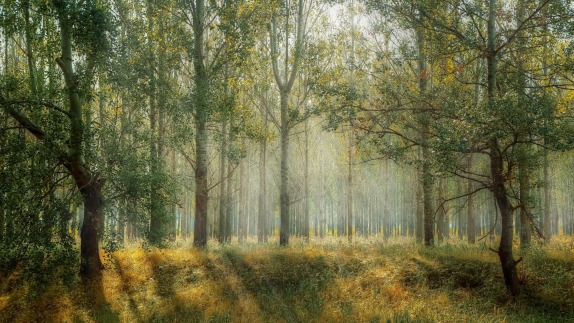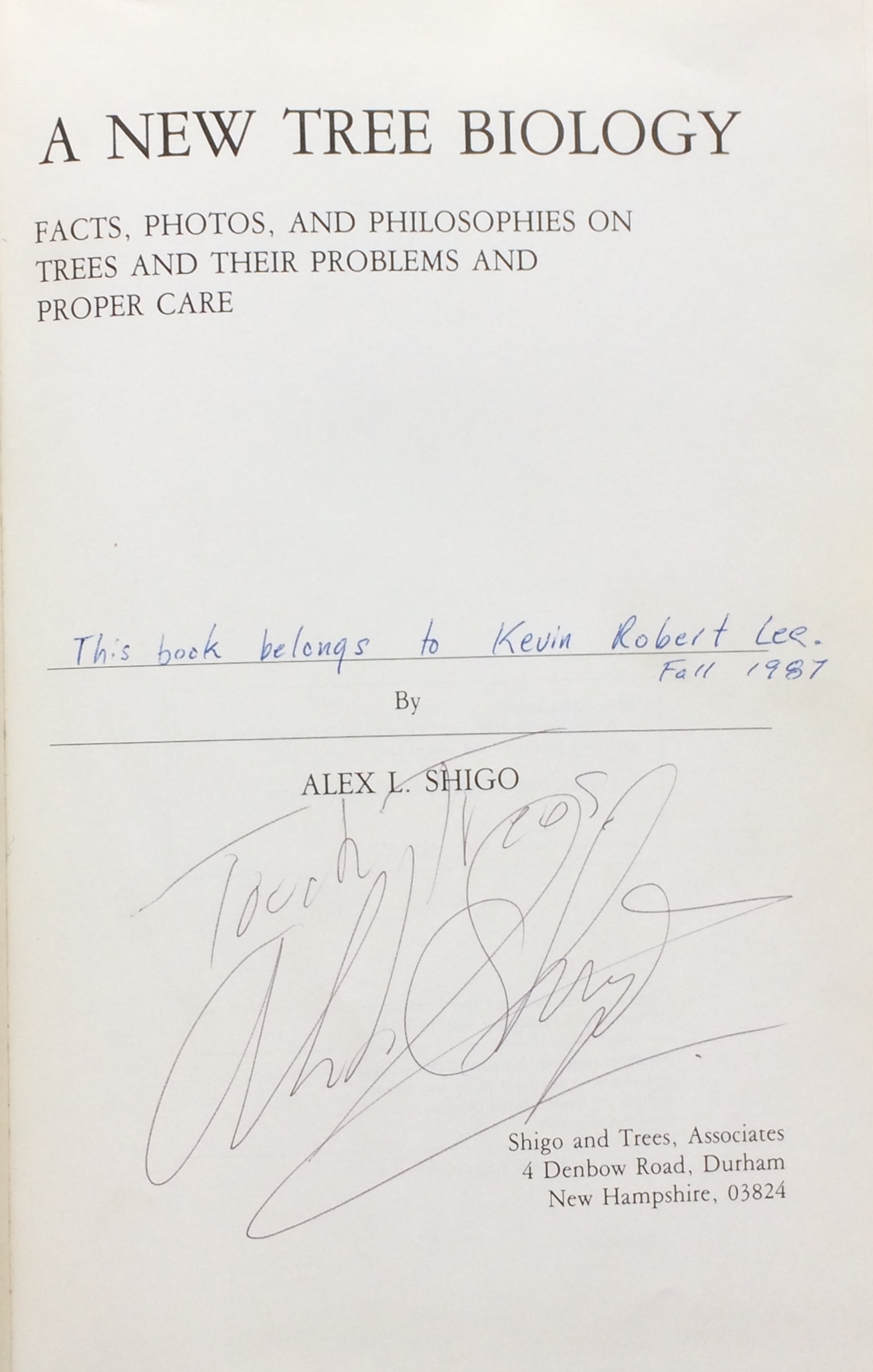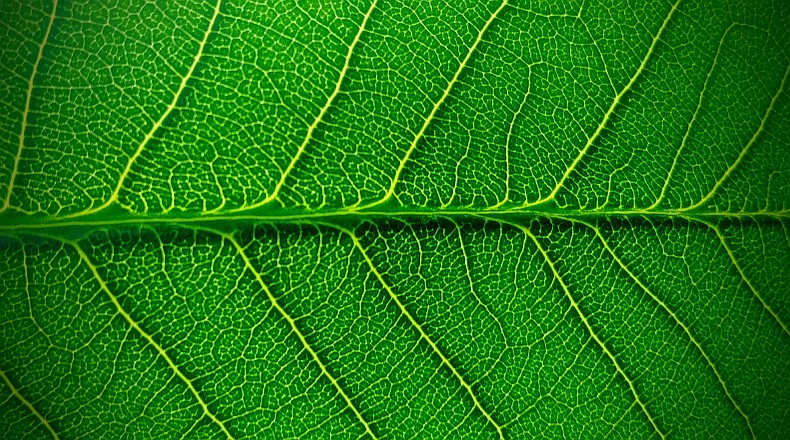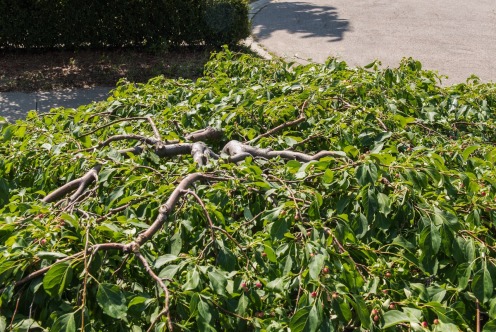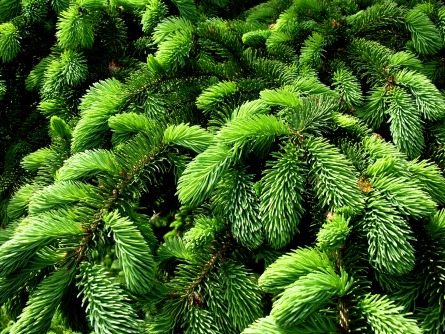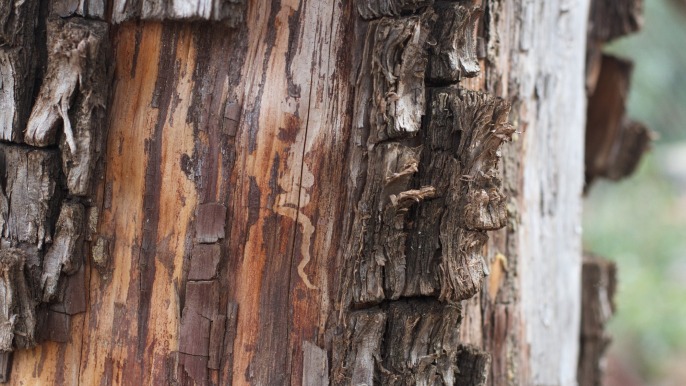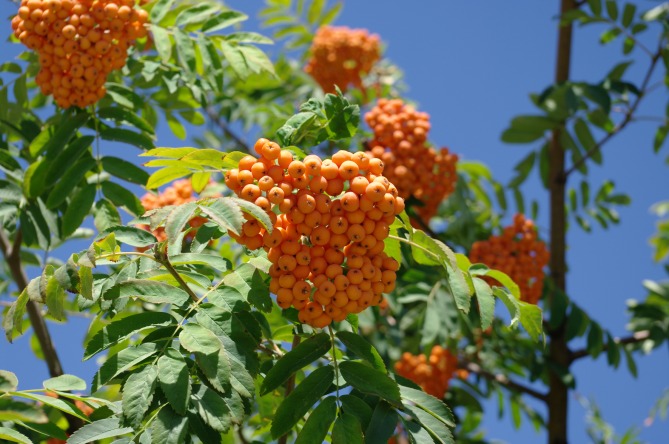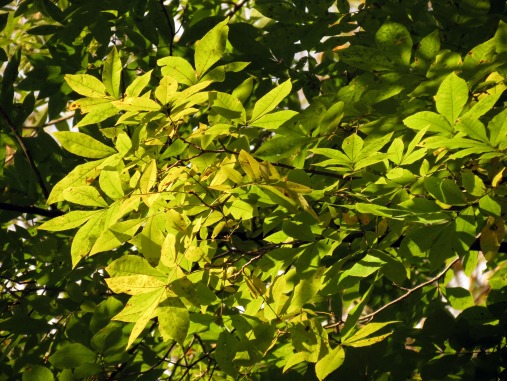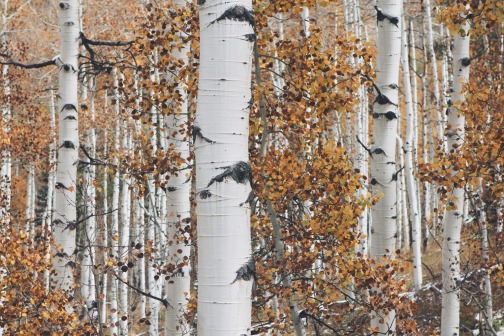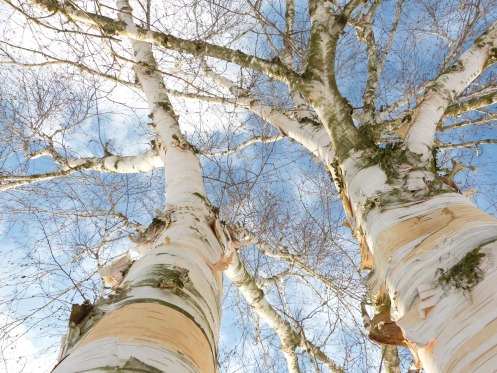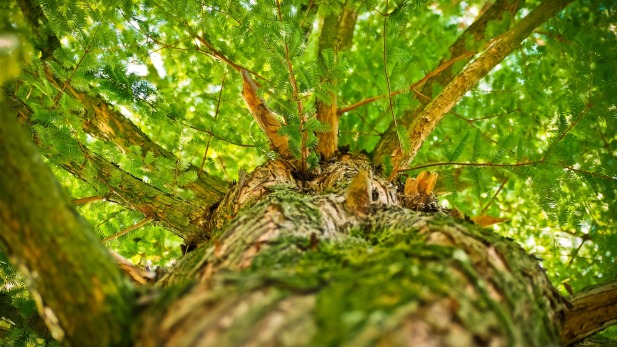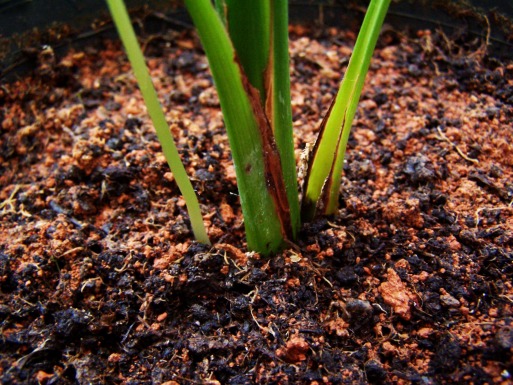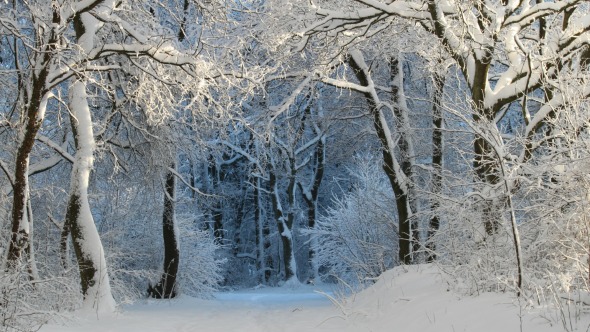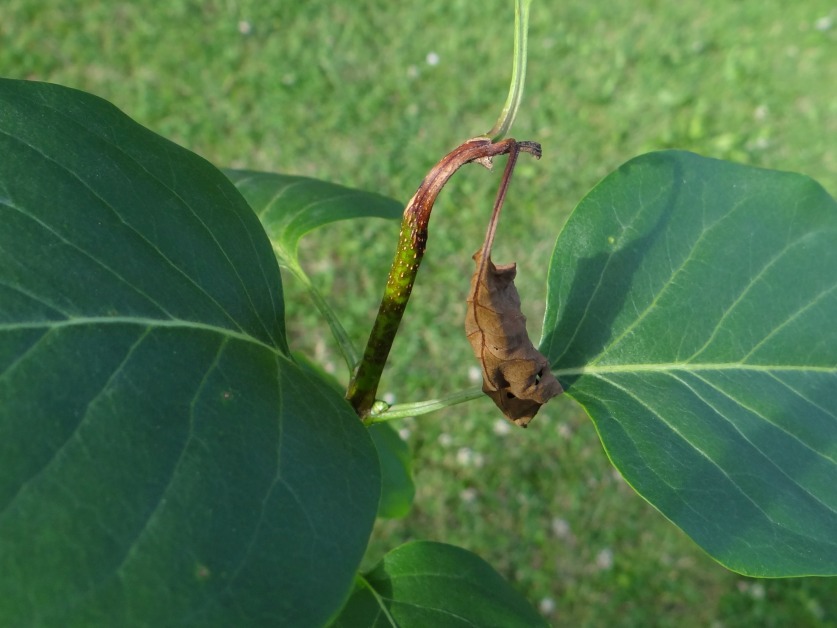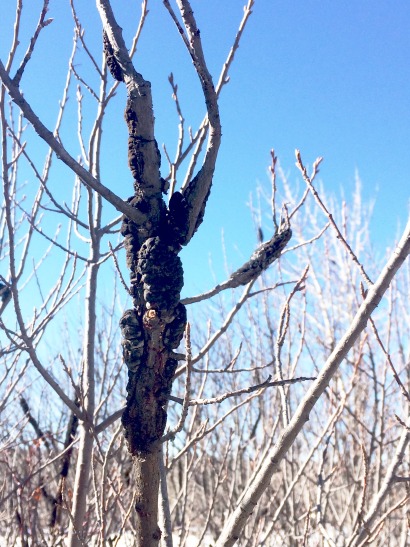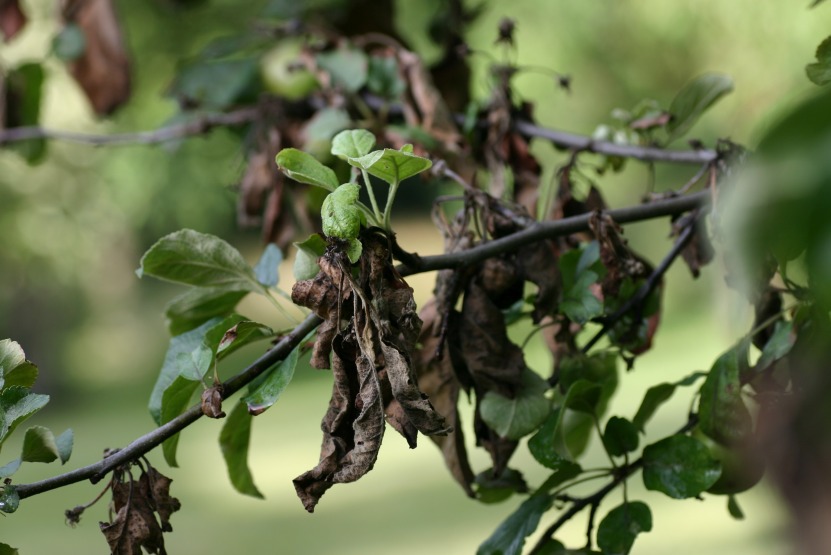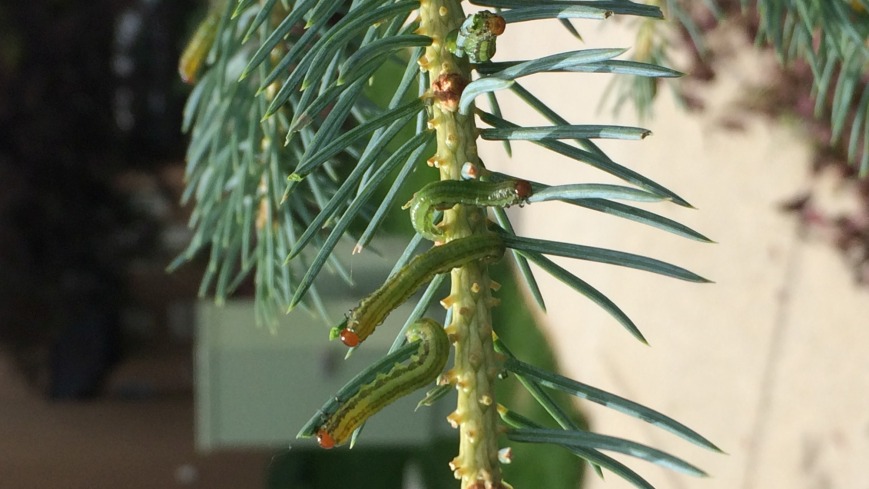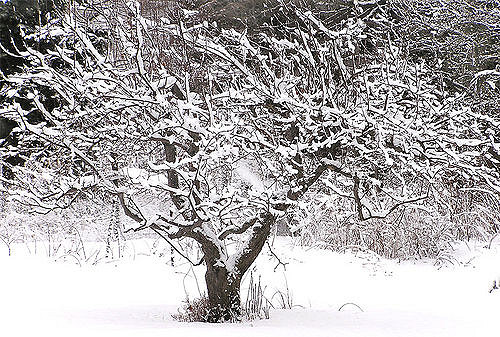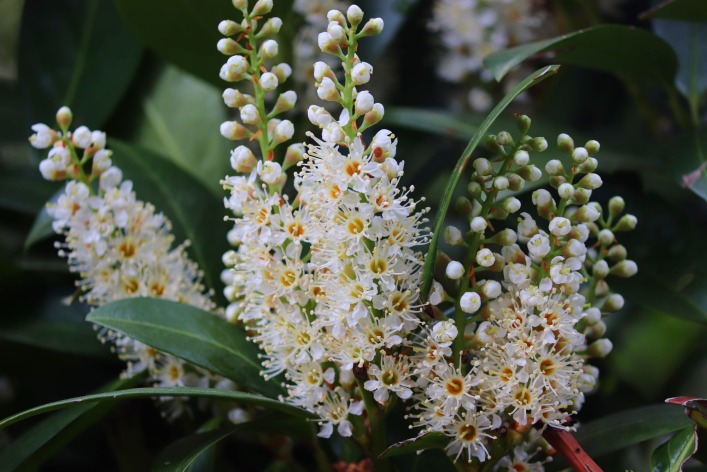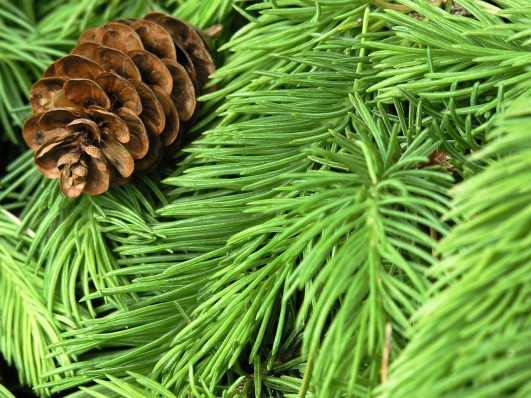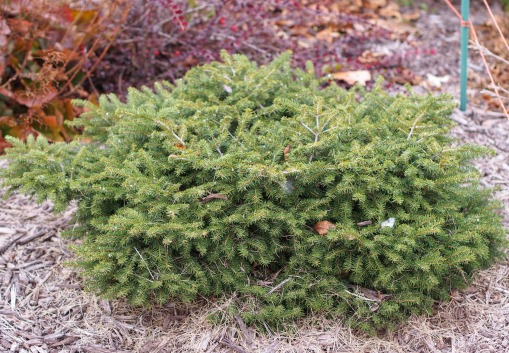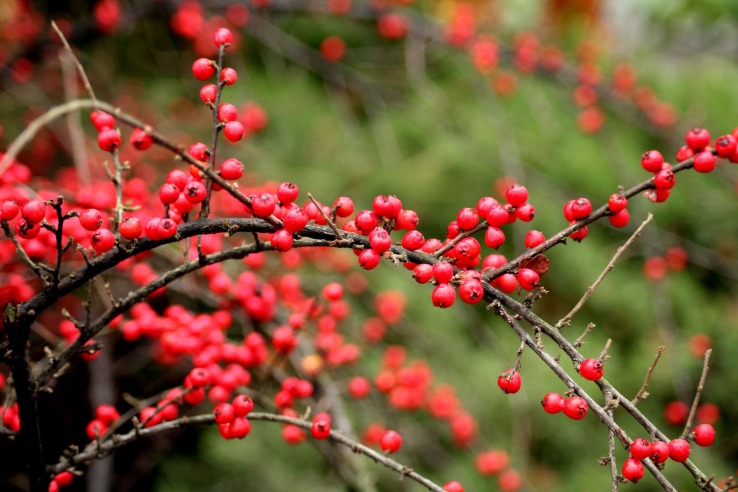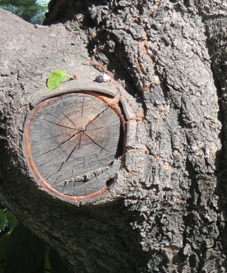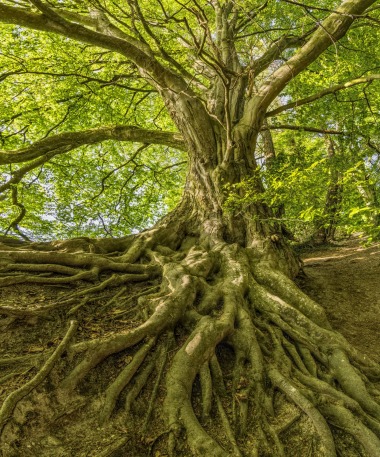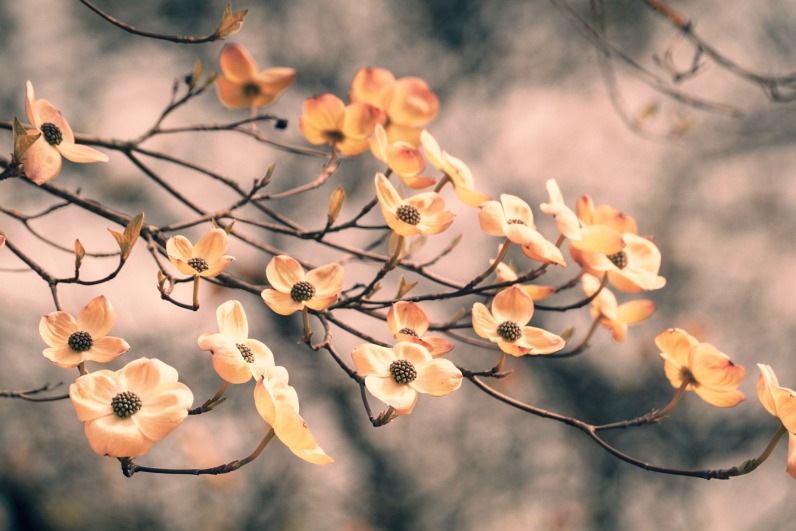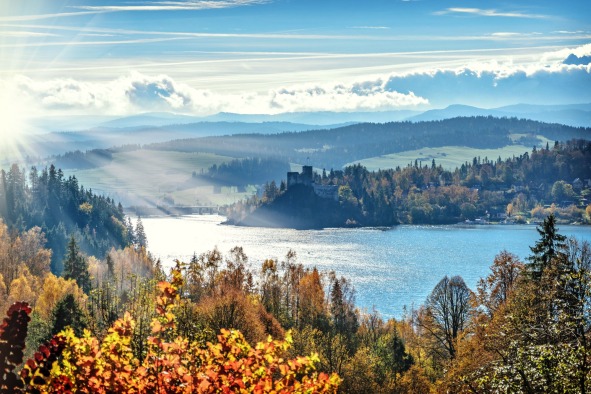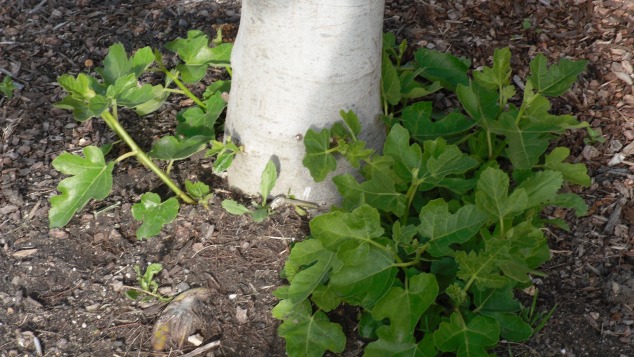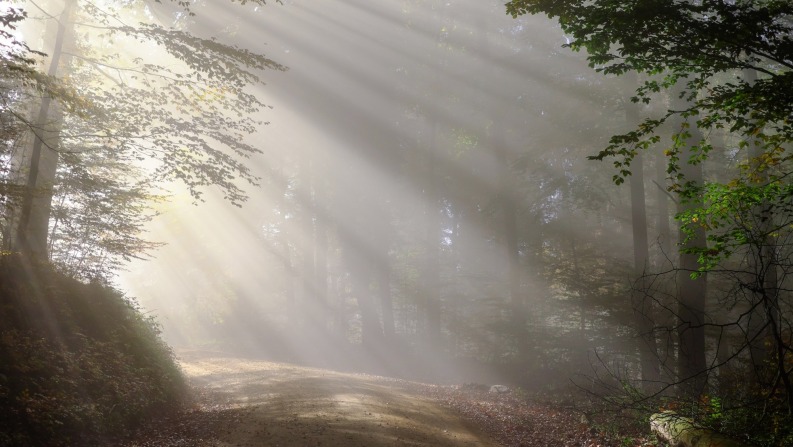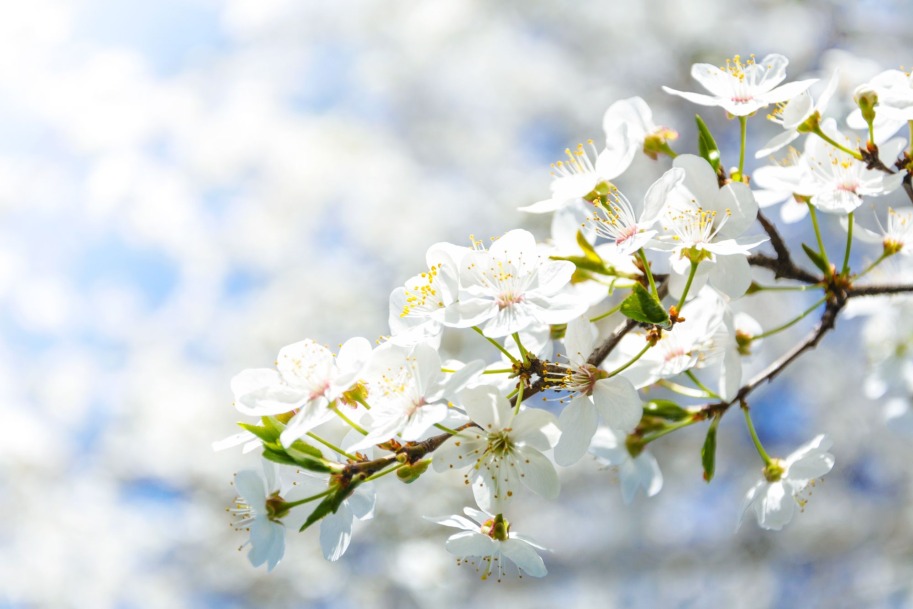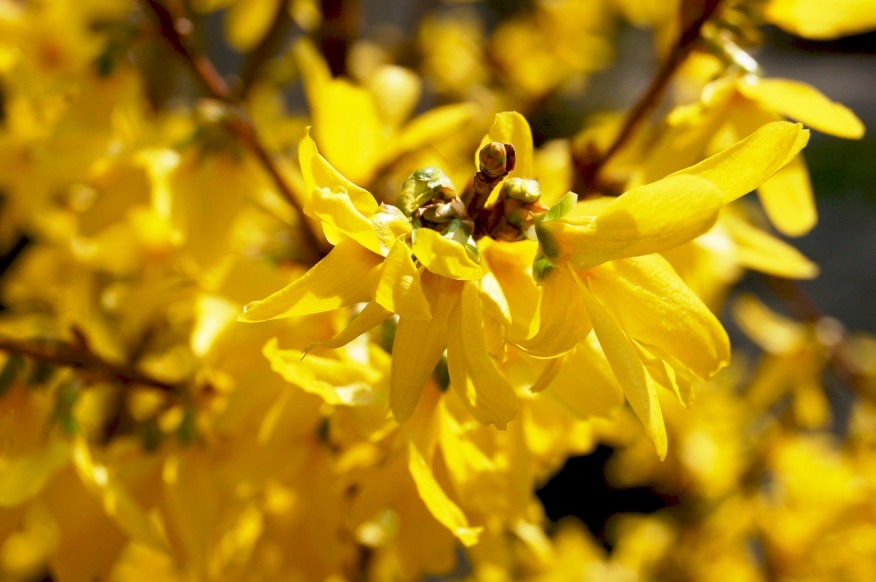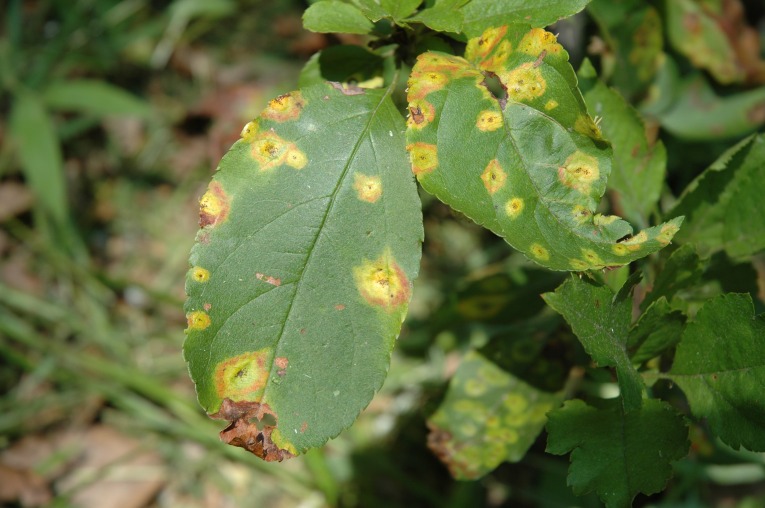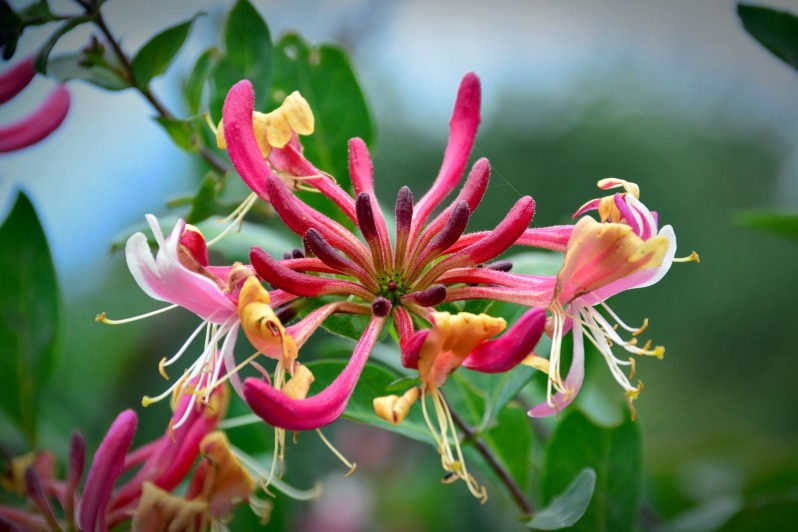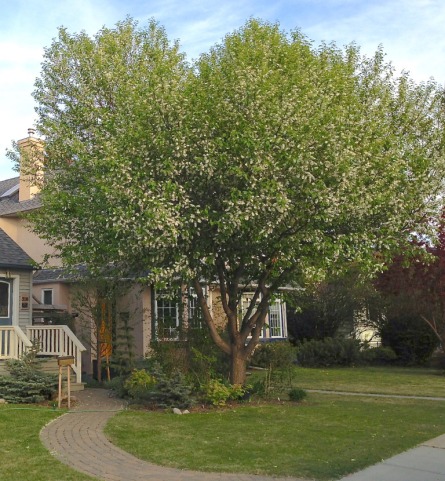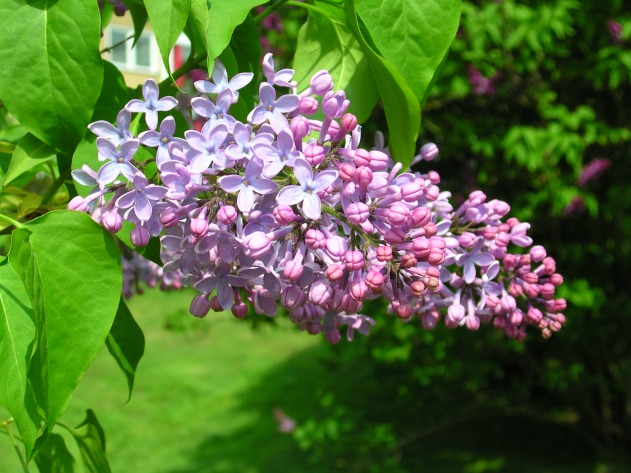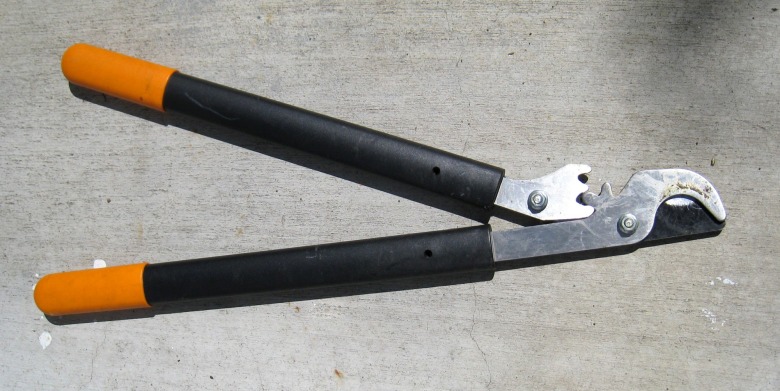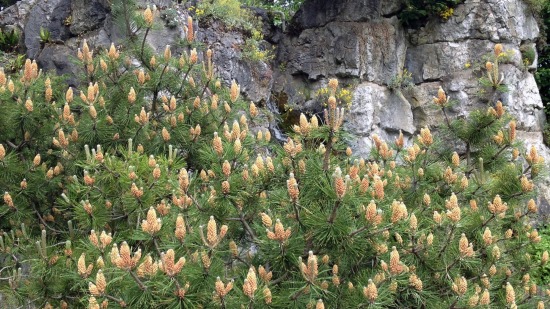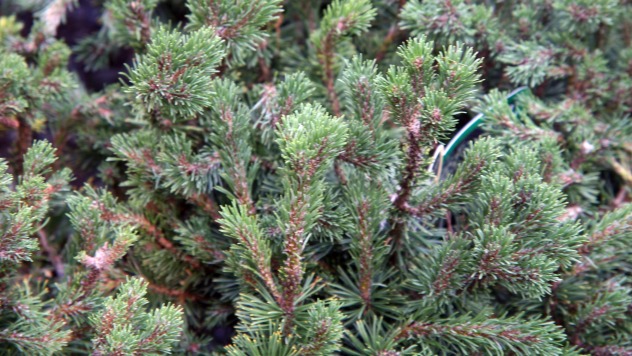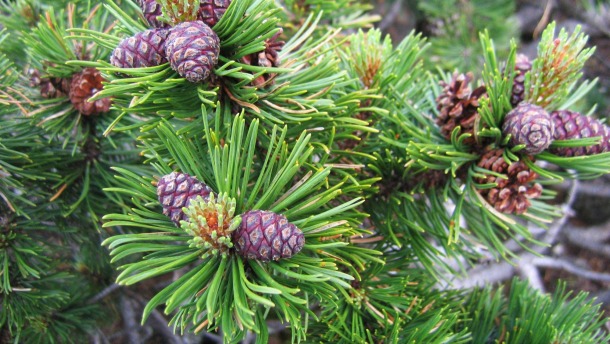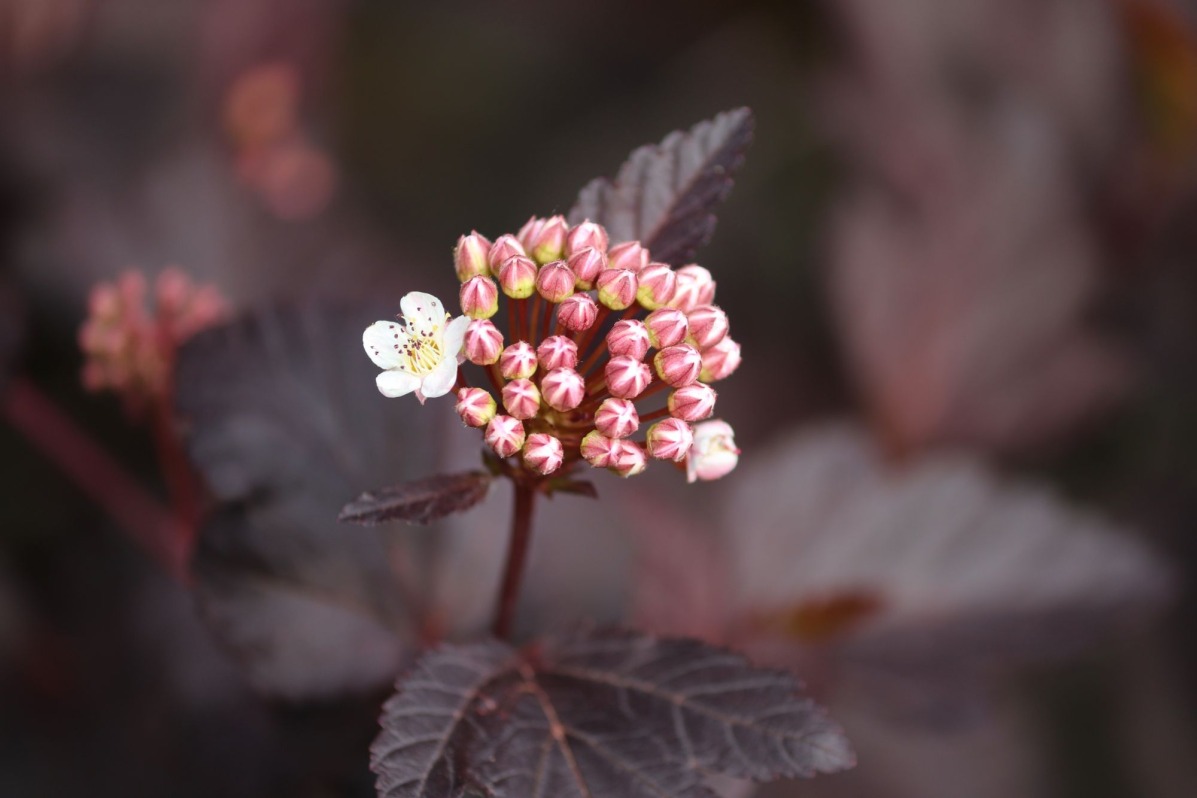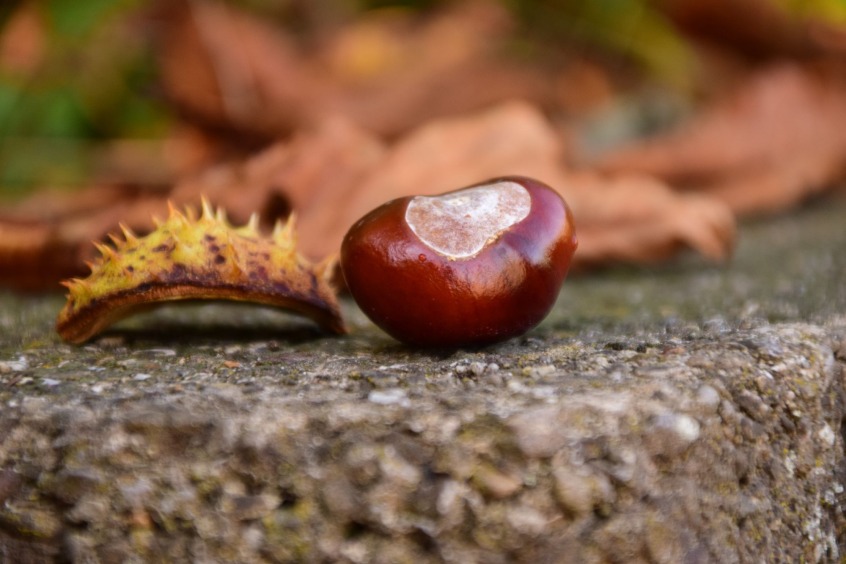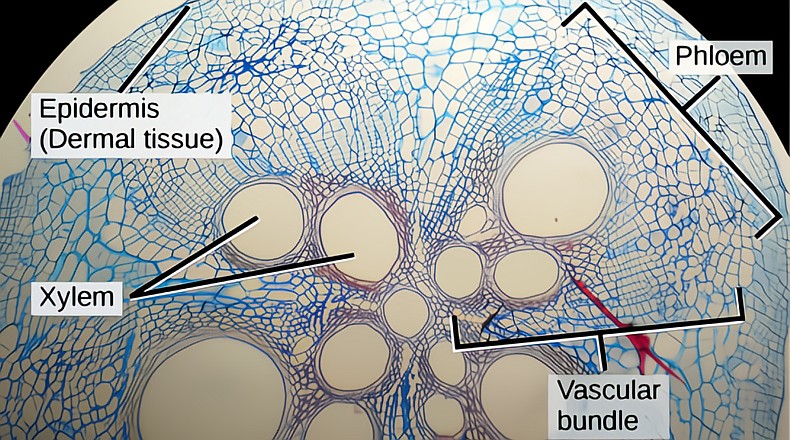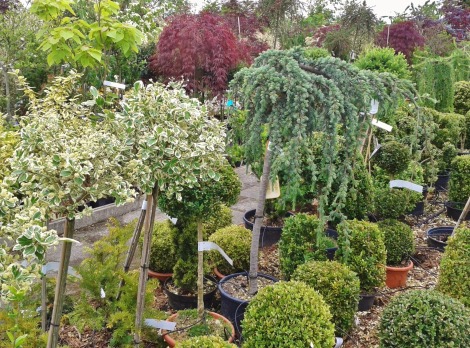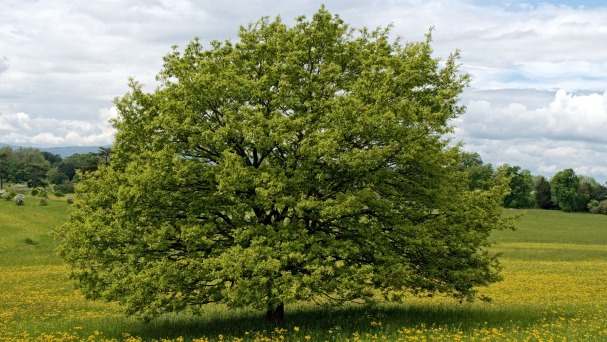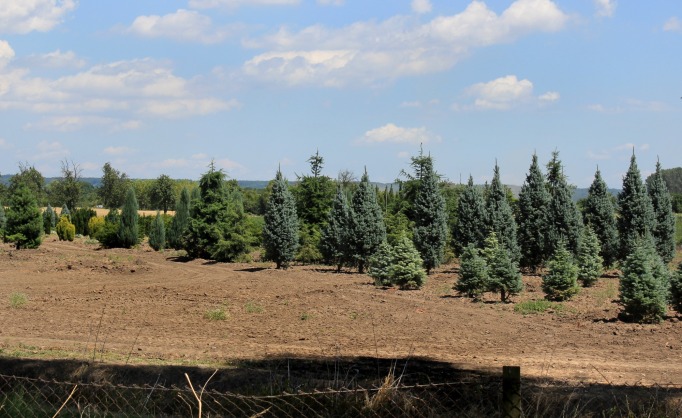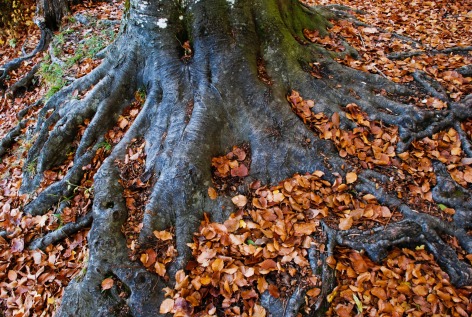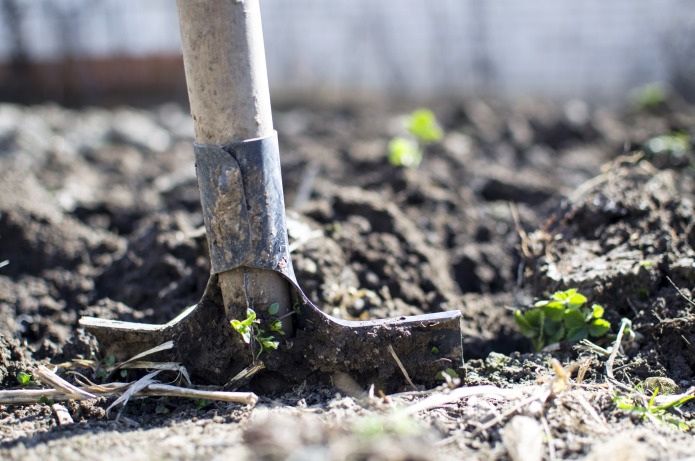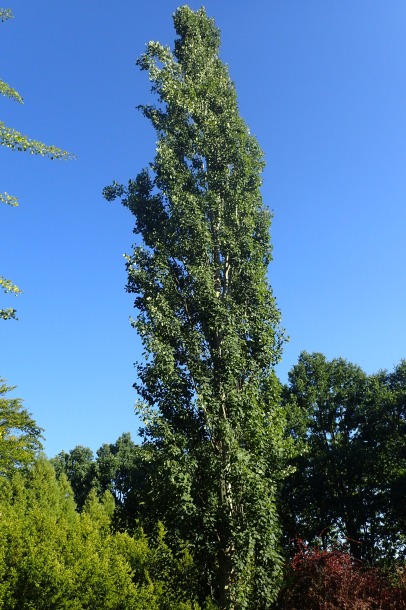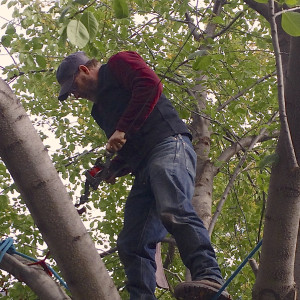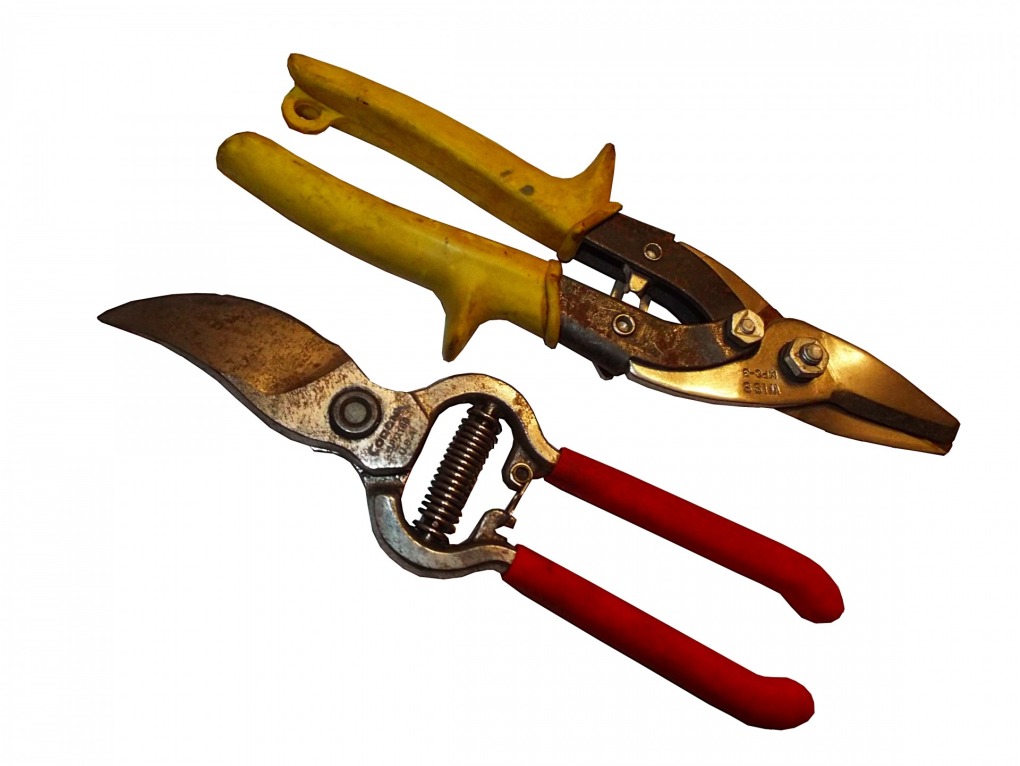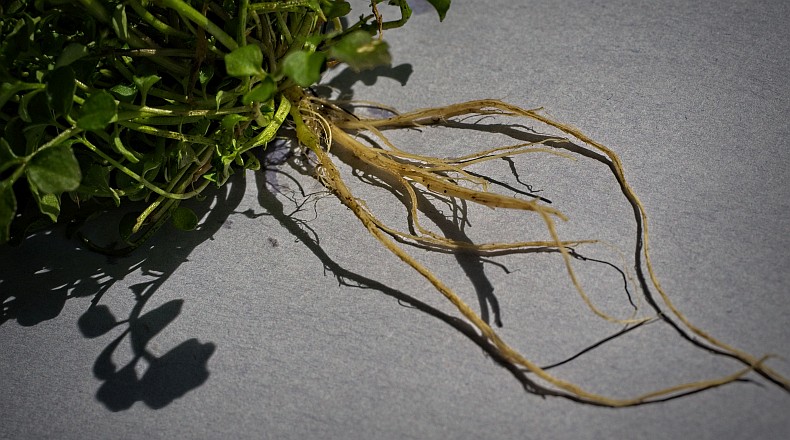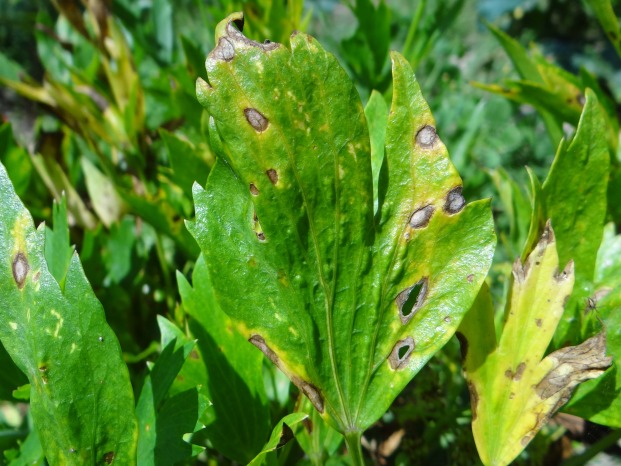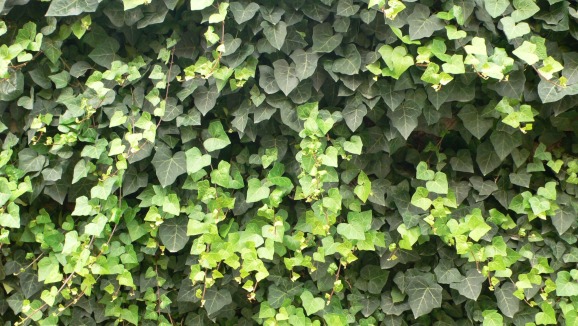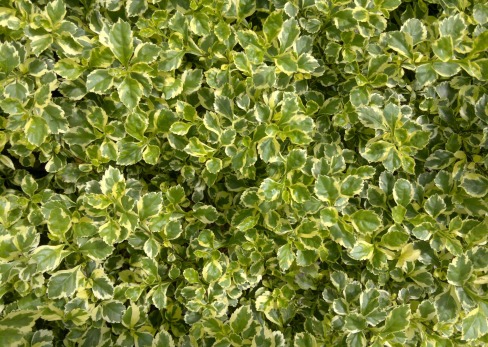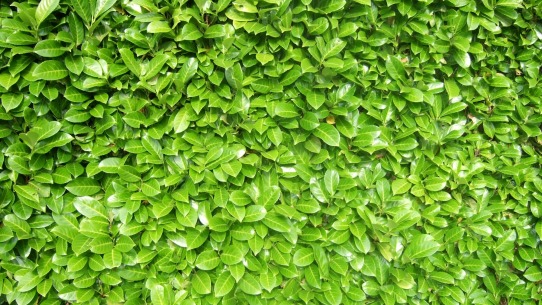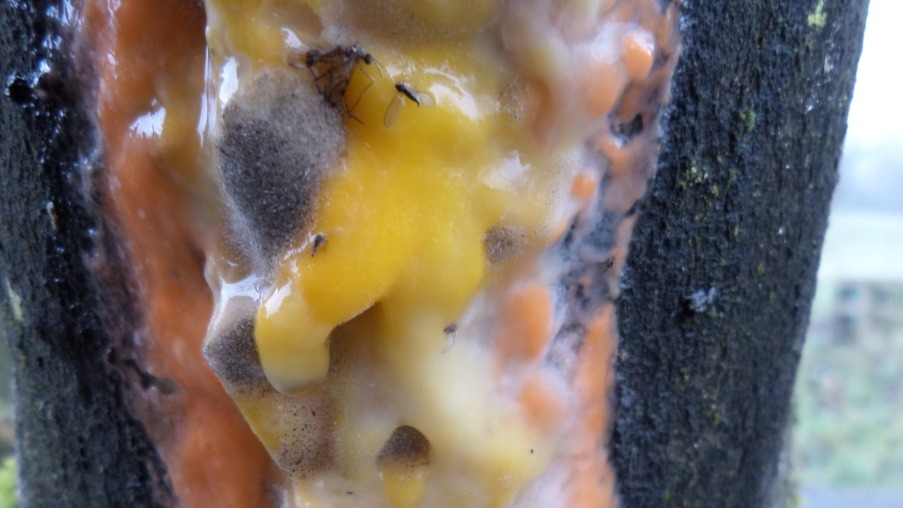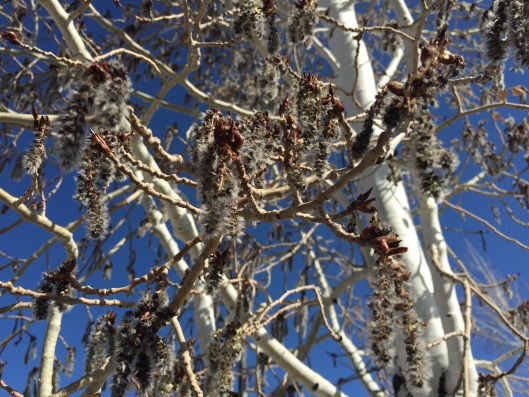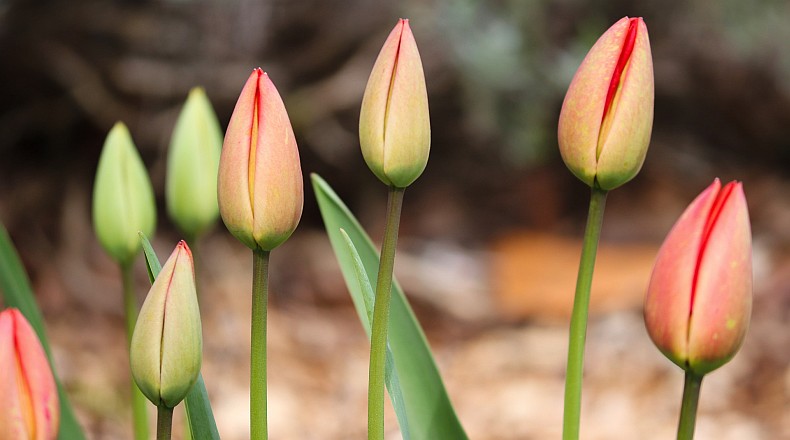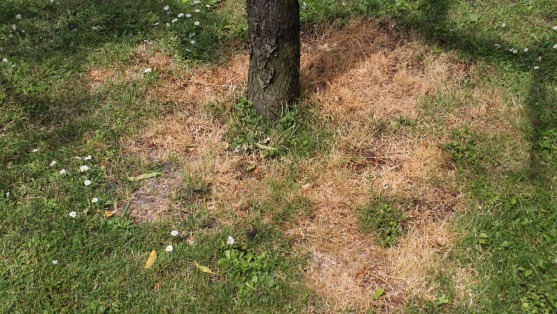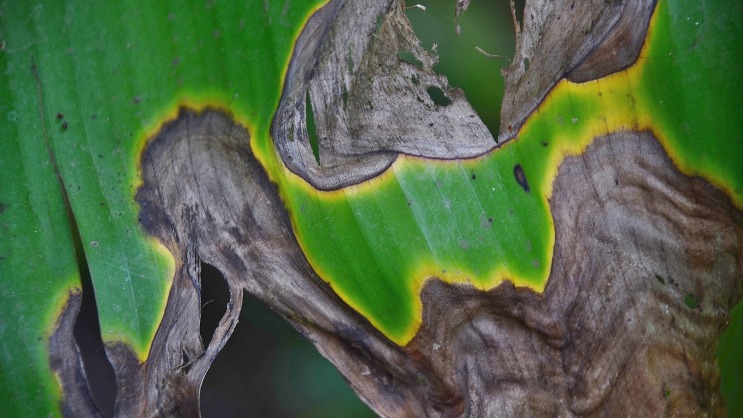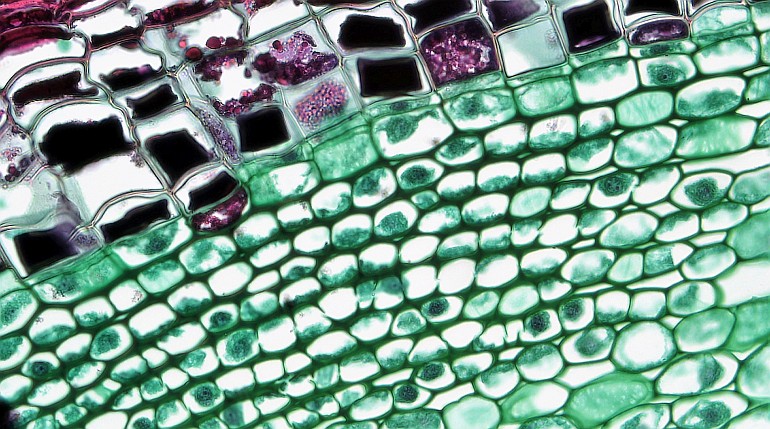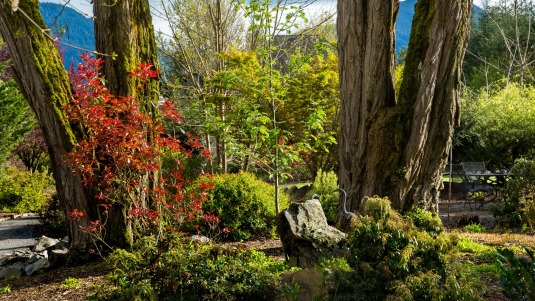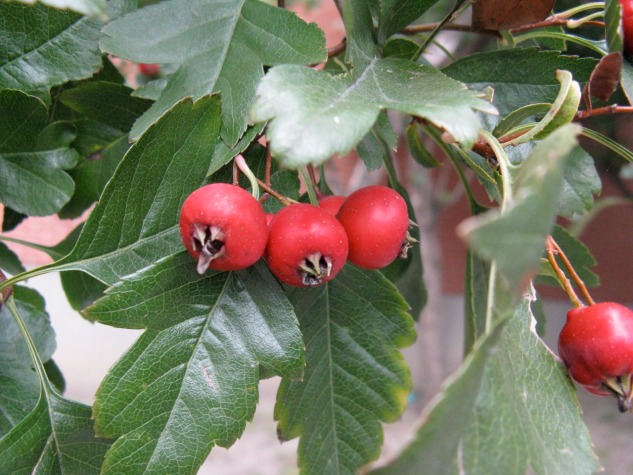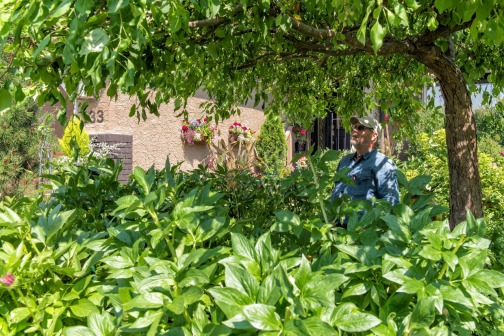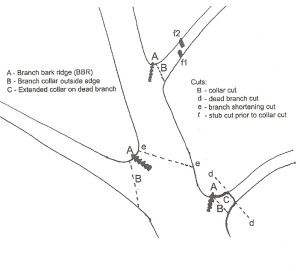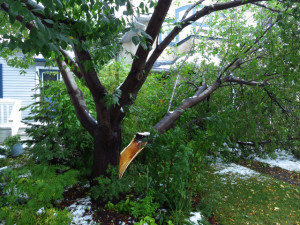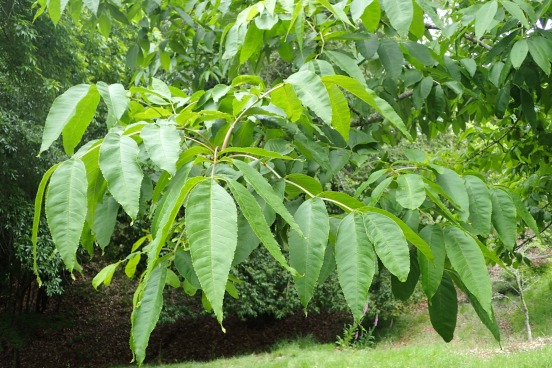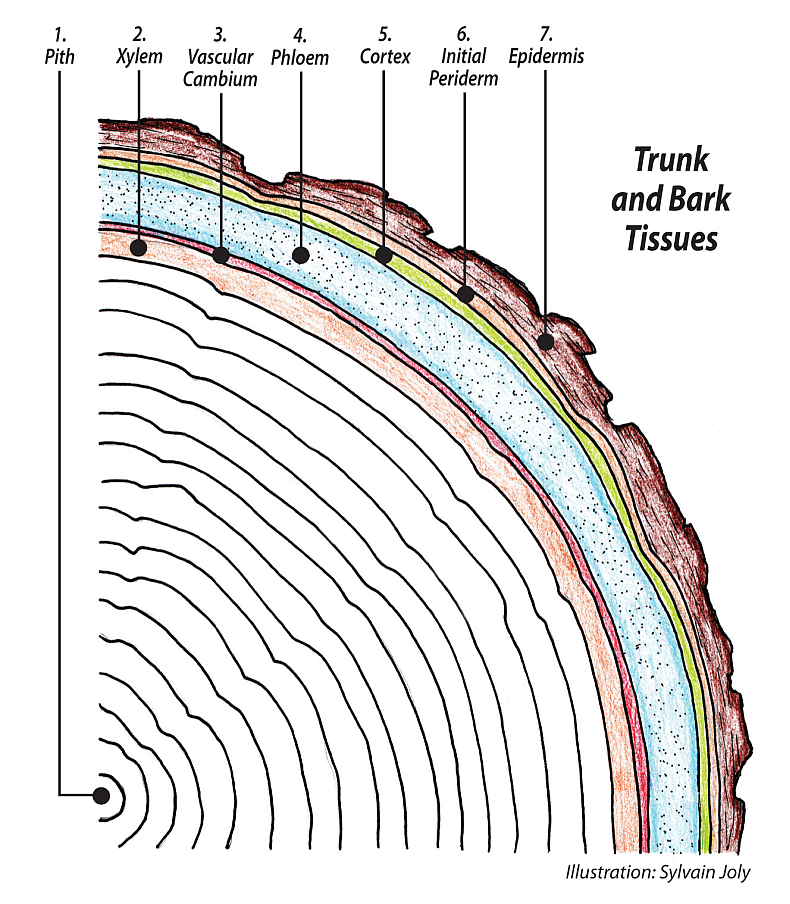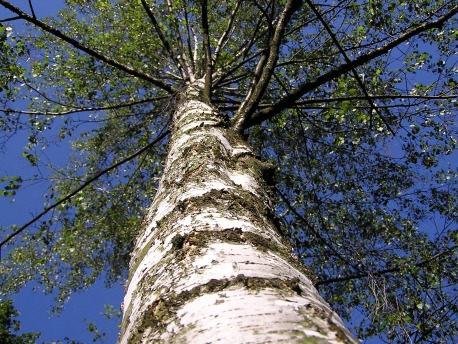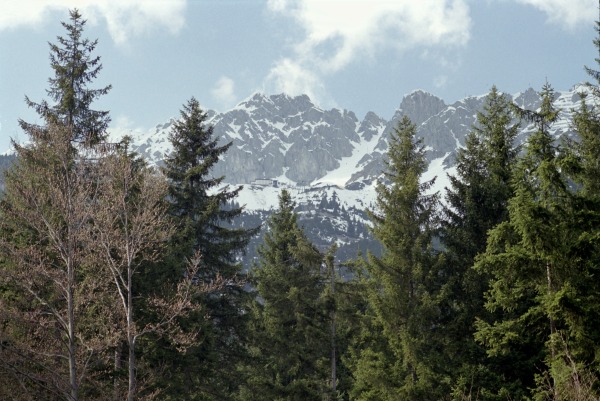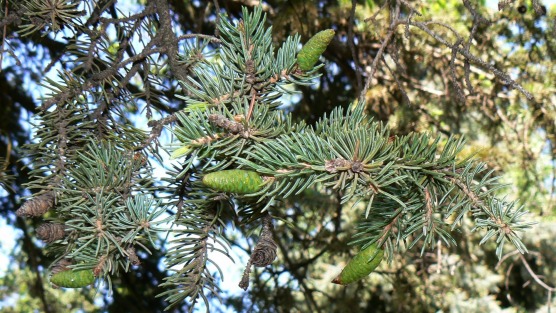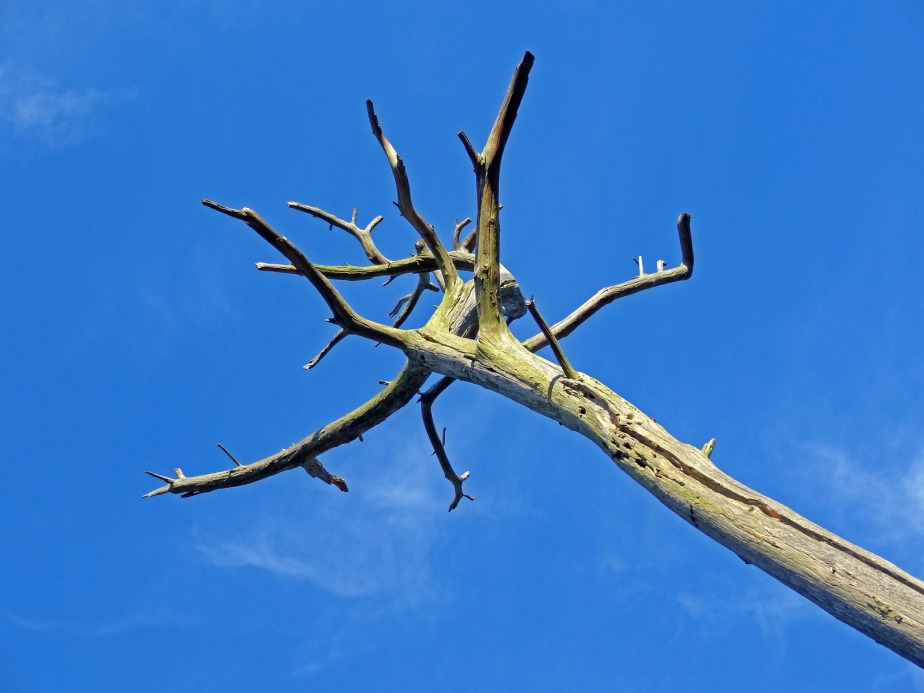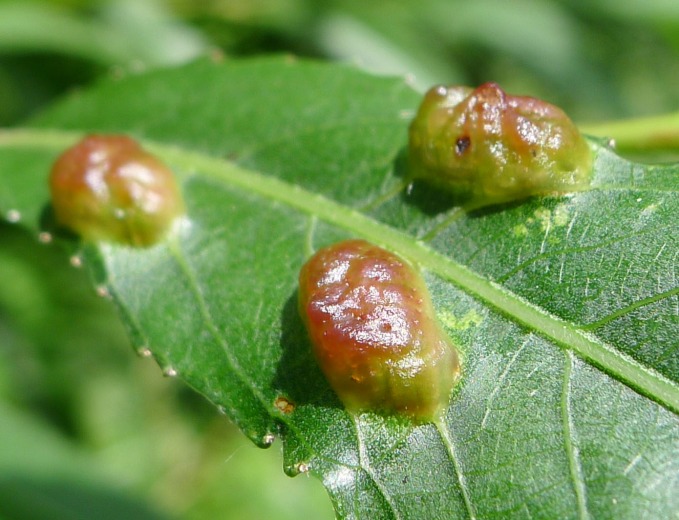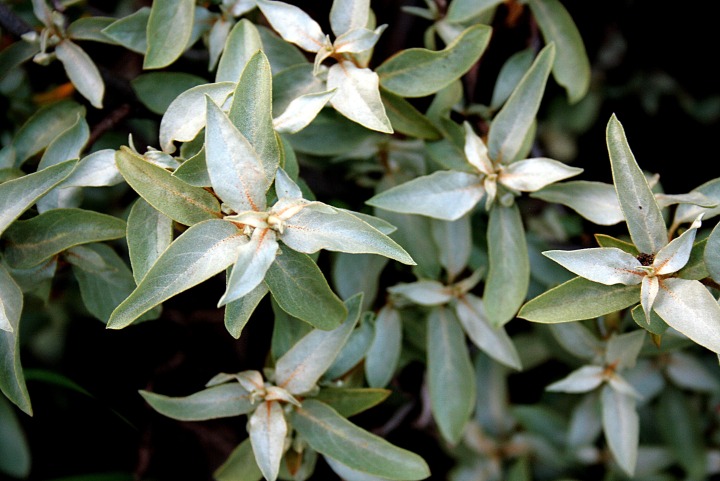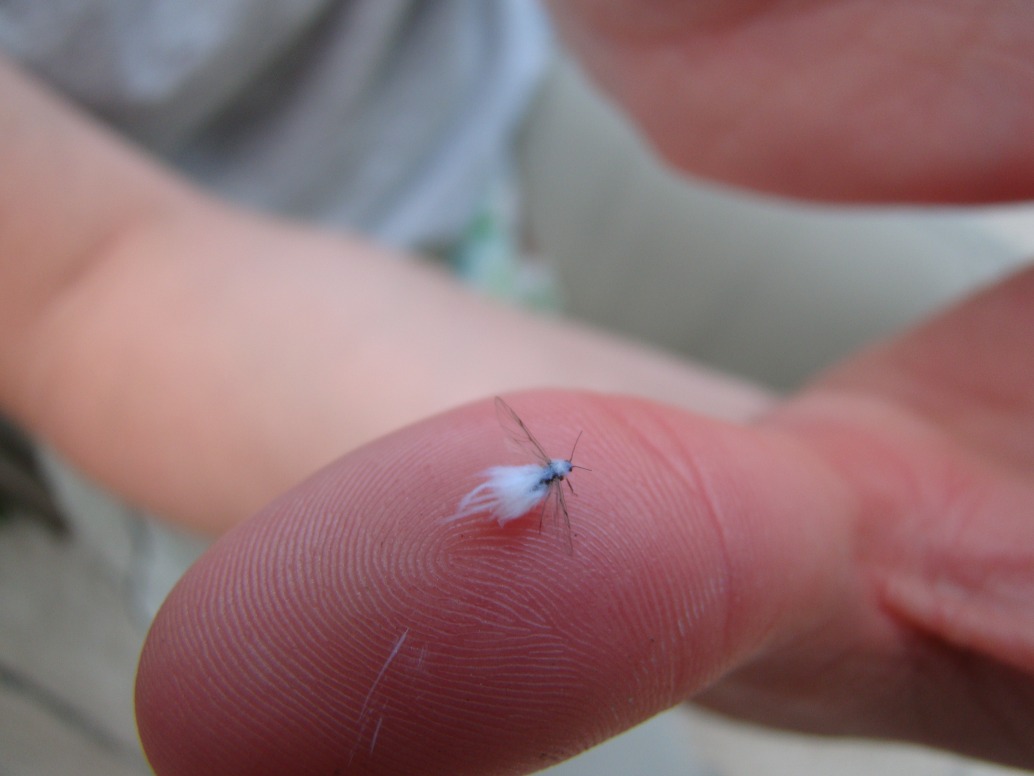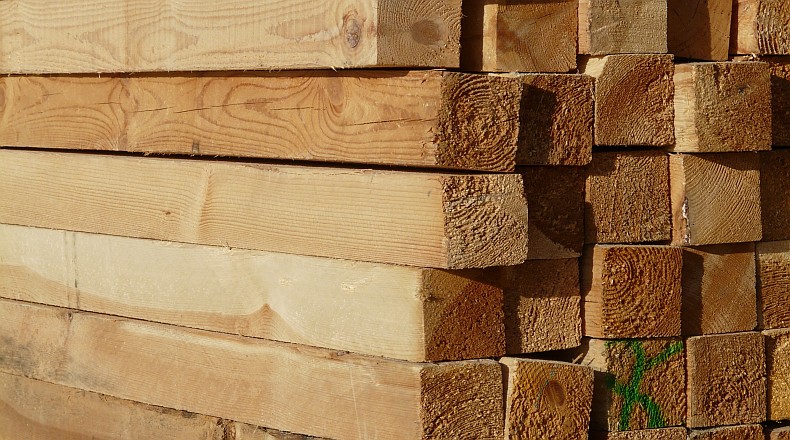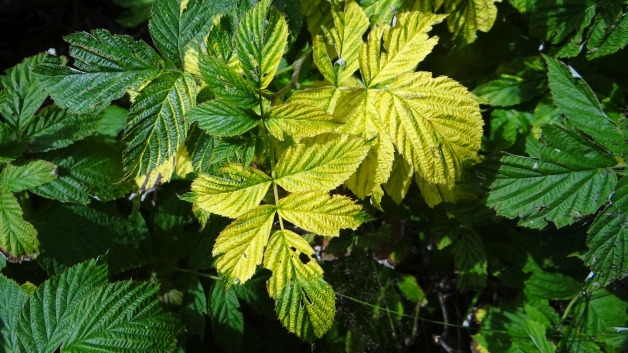Having a realistic model of your tree in mind makes tree health easy. The problem is that most people don’t. No fault here; it is just that trees and their complex bodies, so very important in our lives and days, most often take a back seat to our many other pressing problems. I mean nature takes care of itself, right?
No. Categorically, no. Our city properties are not nature, but a hybrid of nature and human culture. Of course, they are full of natural components—soil (some), plants, insects, animals, fungus, and the vast microscopic world of bacteria. But the patterns and structure are what we think of when we say nature is broken, fractured and incomplete in suburban lots. I hope that, to most people, nature in this usage means undisturbed natural communities.
That is what we had in the country surrounding Calgary before development: predominantly grassland, which, in most areas, was converted to either cereal crops or hay. At that point most of the natural soil in this area—many times over a foot of ancient rich powerful soil—was still intact.
It took perhaps 15,000 years after the last glaciers receded to manufacture that soil. The annual growth, flowering and decomposition of uncounted grassland plants slowly, year by year, adds up. Good, rich soil that can grow food is actually one of the most valuable components on earth, along with clean water and air; these are the basis of all life on earth. Healthy, productive plants are the foundation that all life on earth rests on.
The removal of all the top soil prior to suburban development is done because it is very valuable and can be sold afterwards, almost always in altered states, mixed with clay, and other components—sometimes so much clay that it is more clay than soil. The problem here is that plants, your trees and lawn don’t like clay soils.
There are problems with clay from a plant’s perspective. First, clays, by definition, are composed of very small microscopic particles; this is why wet clay is so slippery. A downside to small particle size is that the soil pores, the natural spaces between particles, are very small. The smaller the pores, the less space for water and, just as important, air, atmospheric gas containing oxygen. Without a steady easily available supply of oxygen, roots cannot perform well and the whole plant suffers.
Roots, like almost all living tissue on earth, require oxygen to burn sugar in the process of respiration—sugar that has been transported from the leaves, releasing energy that they use to run all of their life processes: growth, defence and their ongoing function of absorbing over 20 essential elements in ionic form and a steady supply of water from the soil. When roots are suffocating in clay soils they don’t perform well. Their ability to absorb the water and nutrients required, not only for their own health, but also that of the trunk and branches, and, above that, the great energy producing canopy of all the leaves, is impaired.
The size and spread of a typical root system is surprising. It is invisible underground; we walk over it, play on it, and usually don’t water enough to keep our trees strong. When we plant a small tree and all the roots are near the trunk in either a pot, burlap wrapping or a wire basket, many people assume that they stay there. Two examples of how people interact with their trees illustrate this. First, most people will water a tree near the trunk. Second, and much more damaging, is when landscaping improvements are performed. Many people think of and want the trees roots in a small box, contained close to the trunk. I have seen attempts, thankfully rare, by people to cut large major roots, thinking that their sprawling roots need to be contained.
When we see a large root at the base of the trunk, what we are seeing is part of the support system, or part of the root plate. Seeing a large tree washed up on the side of the river, a casualty of upstream flooding, plainly reveals the root plate, the few very large support roots, that even a many mile trip down river cannot break away from the trunk. It is good to see this. These roots are the major fingers firmly grasping the earth to support the heavy trunk and canopy above. They do no work of mineral or water absorption; they are the primary anchor. We need to travel down roots, sometimes many metres away, to find where the absorption work happens.
This is not to say that there are no absorbing roots near the trunk; there are, but it is the full size of a mature tree’s root system I am trying to portray. Side roots continually shoot off of the parent root, ceaselessly searching for available water and minerals. The non-woody roots that do all of the absorption work are as small as or smaller than the diameter of your hair. These, in their millions, do the actual absorption. Most roots that we are familiar with, even pin-size, are woody, and thus non absorbing. They are conduits supplying the piping to deliver minerals and water to the crown; a separate set of pipes running beside them delivers the sugars all the way from the leaves. It is a beautifully complex system, every bit a mirror of our own arterial/venous sytem, except without the pump.
The “pump” for the water movement to the leaves is their steady water loss thru evaporation, which draws water upward toward the leaves. The “pump” for the sugars travelling to the roots is osmotic pressure. The sugars are drawn downward toward tissue that has a lower concentration of sugars. The names of these systems can be useful. Upward movement of water and minerals occurs in tissue called xylem, in the woody part of the trunk. Sugars are transported downward in a separate tissue called the phloem, which is in the bark. 50 microns, or the size of baby hair, is a good example of the size of these fluid-conducting tissues. And think of it; they are mostly hollow.
Dripline is a common term used to describe the extent of a tree’s root system. The idea is that the circumference of the upper crown shows the extent of the root system below ground. Not a bad model, but what about a conifer? Evergreens, spruce and most other conifers have a more narrow canopy than the a broadleaf, decidious annually leaf-losing tree. The root system of most conifers is much wider than their dripline, and you can water in a similar fashion to watering a broadleaf tree.
This is Part 1 of a three-part model, which will deal with the tree’s three major organs: the roots, the trunk, and the leaves.
On to Part Two

